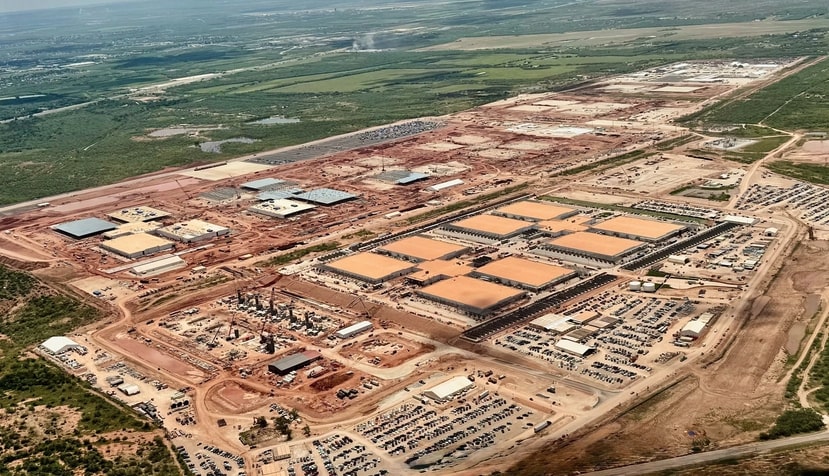OpenAI's Bold Leap: 1 Million GPUs Set to Revolutionize AI by 2025
The Power Behind a Million GPUs
Sam Altman, CEO of OpenAI, announced a groundbreaking plan to roll out over a million GPUs through various collaborations. This strategy involves not a singular data center but a network of innovative partnerships to bolster AI's computing might. This unprecedented scale of GPU deployment is set to enhance AI's ability to process complex algorithms faster and with greater accuracy.
"In the future, AI will become an essential part of our infrastructure, supporting both creativity and productivity in unprecedented ways." – Sam Altman, The Verge
Technology Partnerships and Infrastructure
The deployment strategy draws on a network of technology partnerships. Collaborations with leading tech giants and startups have allowed OpenAI to create a vast infrastructure that extends across the globe. This distributed network enables OpenAI to harness the collective power of multiple data centers, vastly improving the resilience and scalability of AI applications.Entities such as NVIDIA, AMD, and global cloud service providers are key players in this venture, each contributing towards achieving this milestone.
Implications for Artificial Intelligence Progress
The ambitious GPU project symbolizes not only a physical enhancement but a conceptual shift in AI application. By tapping into massive computational power, AI algorithms can evolve toward solving more sophisticated problems. This includes better model training, improved predictive analytics, and more nuanced natural language processing.- Enhanced Machine Learning Processes.
- Accelerated Artificial Neural Networks.
- Improved AI-enhanced Technologies.
Market and Consumer Impact
The ripple effects of OpenAI's expansion will be felt across various sectors ranging from healthcare to finance. Greater computational power can lead to faster research cycles, quicker turnaround times for AI-driven projects, and more robust AI applications for end-users. According to a recent analysis in Forrester's Artificial Intelligence Market Forecast, the AI market is projected to grow exponentially.Explore Amazon offerings such as the NVIDIA GeForce RTX 3080 or the AMD Ryzen 9 5900X for building personal AI and computing stations.
Looking Ahead: The Future of AI
As OpenAI progresses toward realizing this ambitious GPU goal, the future of AI looks promising. Efforts to push boundaries could lead to substantial breakthroughs in multiple domains of AI research and application. Continued engagement with industry partners and a commitment to innovation place OpenAI at the forefront of AI development.For more insights, follow evolving discussions in LinkedIn's technology forums and stay updated with the latest developments of OpenAI and partners.
Stay Ahead with NextBigFuture
Keep an eye on NextBigFuture for further updates on this transformative event in AI technology and other exciting advancements across various industries and markets. Continue Reading at Source : Next Big Future
Tags:
Technology
